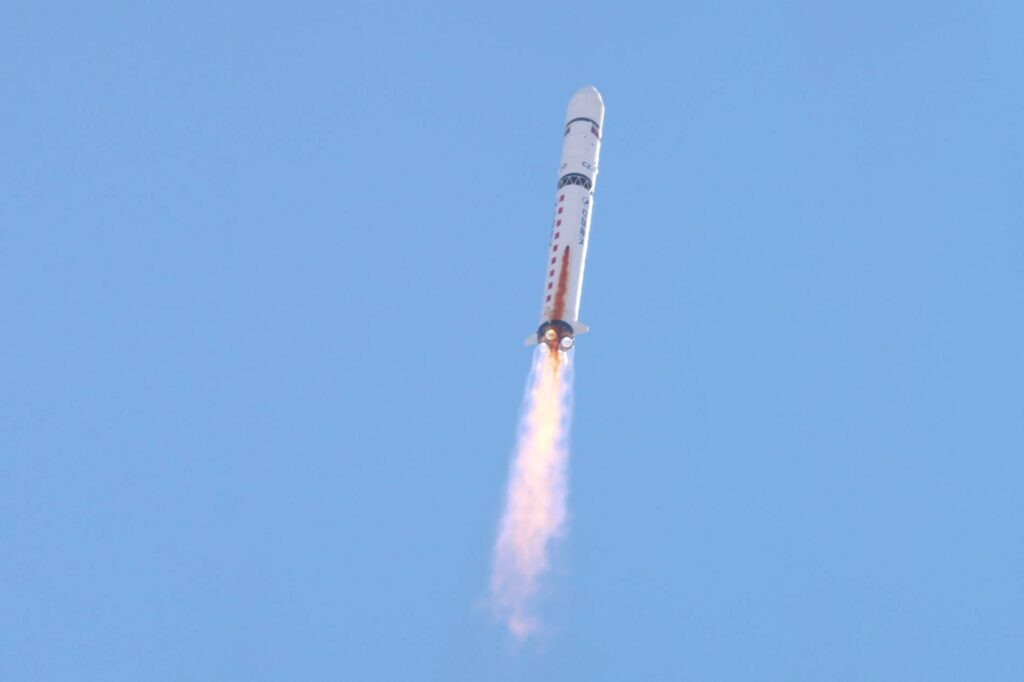A Chinese Long March 2D space rocket which delivered three surveillance satellites to orbit in June 2022 has reentered Earth’s atmosphere over continental US on March 7, 2023.
It’s not known for certain if any of rocket’s fragments reached the ground, as they may all have burned up during reentry. If any fragments failed to burn up, though, the debris field is believed to be hundreds of miles long, stretching across the state of Texas, authorities said.
The incident was first reported by USNI News, which referred to two unnamed US officials close to the matter.
US Space Command confirmed the occurrence and added a comment that the reentry was uncontrolled, USNI News said.
Long March 2D is a two-stage medium-lift launch vehicle capable of delivering up to 3,500 kilograms (7,700 pounds) to low-Earth orbit (LEO). By this measure, it is roughly comparable to India’s PSLV-XL and European Vega-C.
The rocket that reentered the atmosphere had been launched on June 23, 2022, from Xichang Satellite Launch Center in Sichuan, China.
The rocket carried three Yaogan remote sensing satellites. One of the primary reconnaissance satellites of People’s Liberation Army of China, the Yaogan can feature a variety of payloads, from imaging to signals intelligence systems.
Both stages of the Long March 2D are expendable. The second of them enters uncontrolled descent back into atmosphere after delivering payload, a process which can take months or even years.
The mass of the second stage, when it broke up over Texas, is believed to have been around four tons.
China has long been criticized over uncontrolled reentry of its rocket debris into atmosphere.
Chunks of Chinese heavy-lift rockets – such as the Long March 5 – have regularly reached the ground after reentry.
In November 2022 hundreds of flights were disrupted after falling debris caused airspace closures over Southern Europe.
